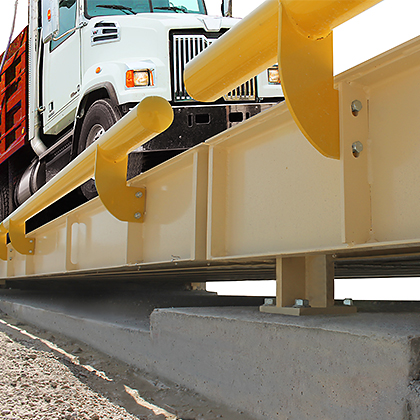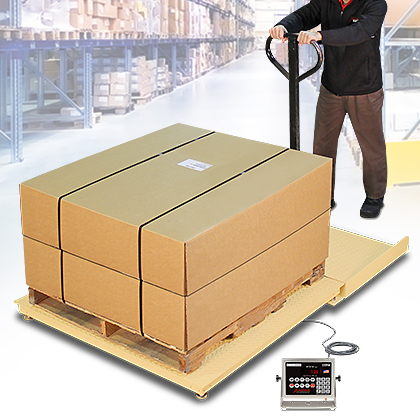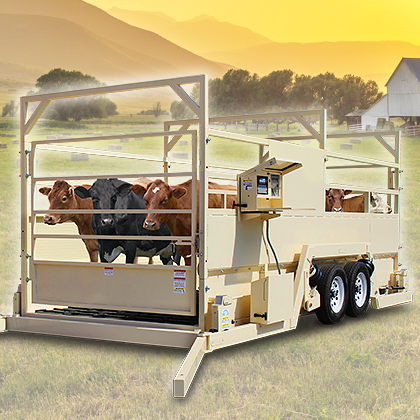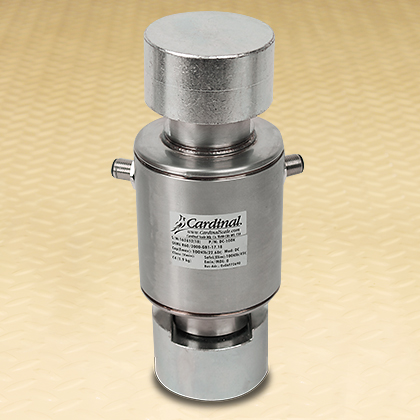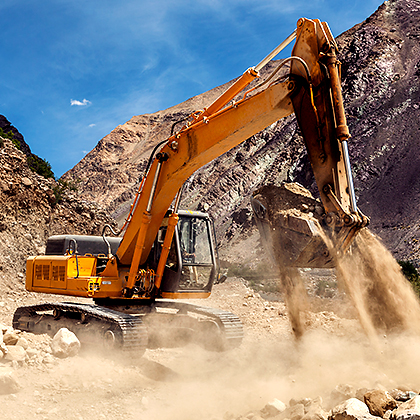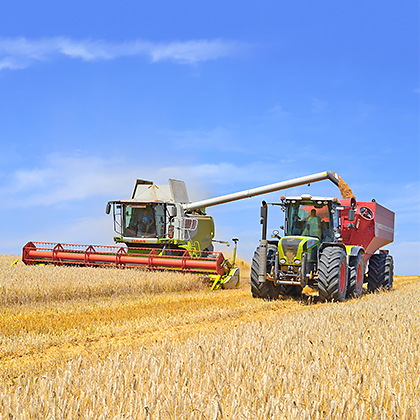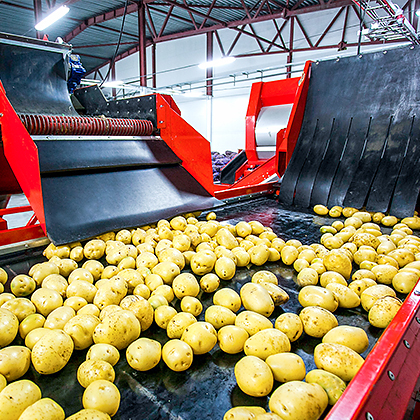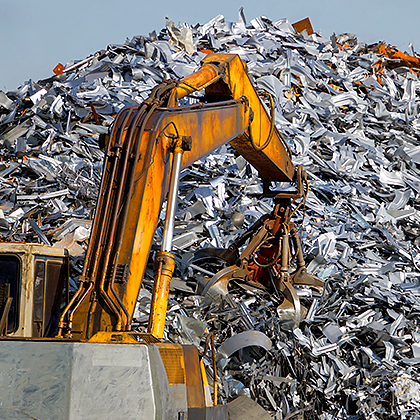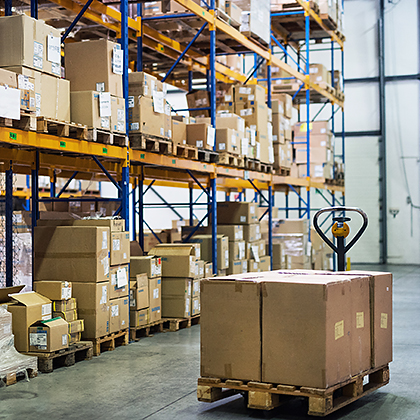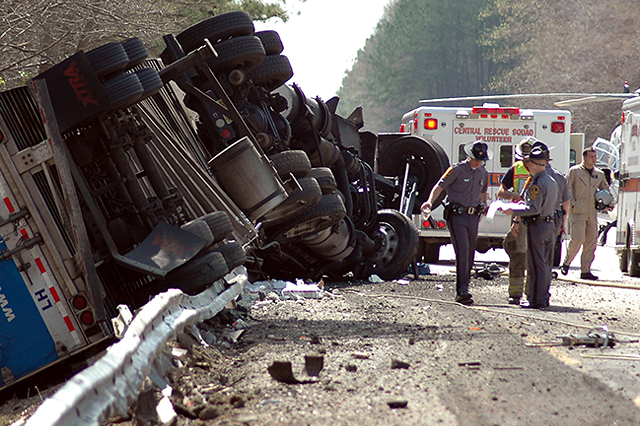Truck scales are commonly viewed by the general public strictly as an instrument of load measurement and precision, but they also provide benefits that extend far beyond gathering weights for a transaction. Truck scales can provide a valuable extra layer of protection for keeping fleets and their payloads safe and secure while ensuring roads are safe for others that share the highways. Truck weight limit enforcement is becoming increasingly vital on today’s highways and interstates.
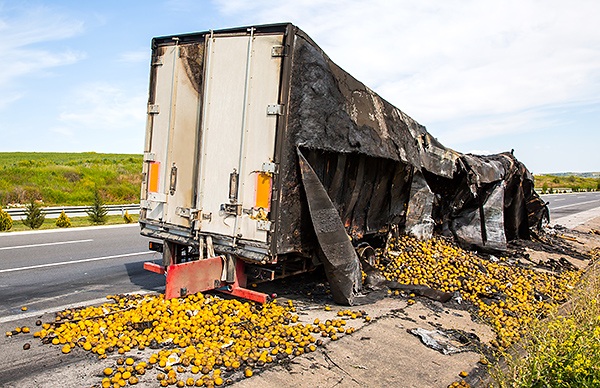
Truck safety and compliance plays a huge role in how well a business’s shipping and delivery fleet operates. Not only can issues such as overloading and offset loading lead to potential damage to trucks and equipment, but they can also lead to truck accidents that have devastating effects. Cargo vans, semi-trucks, refrigeration trucks, covered trailers, and flatbed trailers all carry loads that are much larger than a regular passenger vehicle like a minivan, car, or truck. Fully loaded trucks can weigh anywhere from 80,000 lbs. to over 100,000 lbs. or more. Heavier trucks have higher kinetic energy, and when coupled with loaded-truck instability, can lead to strain on trailers. Unstable or overloaded trucks are also much harder to control when climbing steep inclines, braking, or coasting when going downhill. Large trucks take 20-40% farther to stop than cars; when trucks this size wreck, injuries can be more severe, and deaths are more likely to occur than a crash caused by a car or small truck. To highlight this point, IIHS.com states 82% of all deaths involved in large truck crashes were in vehicles—or were pedestrians—that were smaller than a large transportation truck. These numbers should reinforce the serious nature of preventing truck accidents by checking for overweight and/or improperly-loaded cargos.
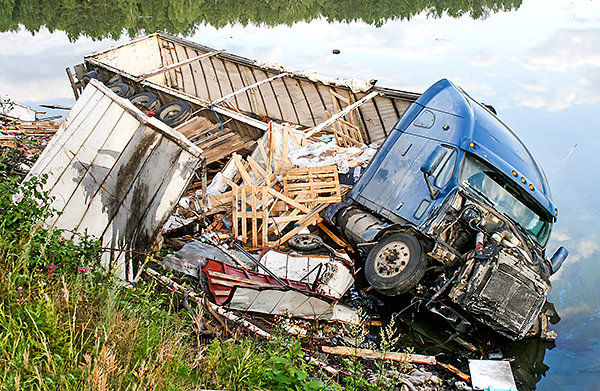
Overweight and improperly distributed trucks also cause damage to the roads, bridges, and overpasses they travel upon, and they can disintegrate weak spots that are already vulnerable in the roadways. Governing.com estimates that increasing a truck’s weight from 80,000 lbs. to 90,000 lbs. increases road wear by 42%—overweight trucks contribute greatly to this statistic. Costs related to taxes and fines are also increased when weight restrictions are exceeded. Though there are no uniform costs for fines, most states parcel out fines that can reach a few thousand dollars if a truck is roughly 10,000 lbs. overweight. In addition, the costs associated with replacing trucks, trailers, and damaged products can be very costly when accidents are severe enough. The Federal Motor Carrier Safety Administration estimates an average truck accident costs a business almost $150,000!

Whether they are used for trucking companies, delivery fleets, cargo fleets, warehouses, hardware stores, agricultural producers, or livestock transporters, truck scales provide a distinct advantage when considering truck safety and highway regulatory compliance. The following types of products will meet the immediate needs of businesses seeking to bolster their safety and compliance goals for their truck fleets, whether long-haul, over-the-road, or local deliveries.

Non-legal-for-trade type truck scales are a good choice when simply running large trucks on the road, since they can provide you with a quick check of the cargo weight before heading out for delivery. Cardinal Scale’s 760 series and SWIM axle load truck scales are great options when time and space are a consideration. The 760’s portability, small size, and relatively-low weight make them amenable to providing the accuracy needed to prevent DOT fines. The 760 scale can weigh tandem axles and only requires minimal space and effort to transport the dual modules. Cardinal Scale’s SWIM vehicle scale allows weighing-in-motion expediency, while requiring minimal space to install the small-footprint weighbridge, and provides great accuracy when weighing slow-moving trucks. Both the 760 series and SWIM provide a high-frequency solution while preventing heavy truck traffic and congestion. Whether you prefer to weigh scales statically with the 760 or dynamically in-motion with the SWIM, either scale will factor individual axle weights plus the gross vehicle weight before your trucks head out on the road.
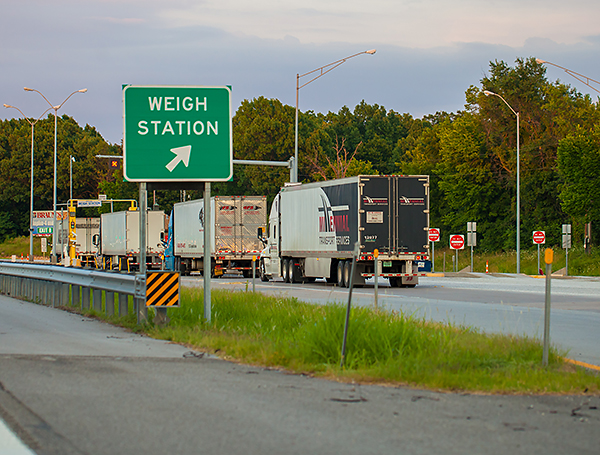
Since there are many different types of commercial truck scales, implementing a scale system can be highly individualized. Cardinal Scale’s legal-for-trade ARMOR® and Guardian® truck scales are excellent options for permanent scale installations that can weigh an entire semi-tractor trailer all at once. Most importantly, the ARMOR® and Guardian® truck scales provide good solutions in preventing a potential shipment from overloading, which can cause accidents. Cardinal Scale’s indicators, remote displays, and unattended weighing kiosks can be packaged with WinVRS (Vehicle Recording System), WinDDE (Dynamic Data Exchange), and mobile apps such as RemoteWeigh or Pathway to provide a business owner with real-time information of truck weights so overweight shipments can be recognized and reconfigured.
In order to give drivers a safe, quick, and routine experience, the aforementioned scales have several features that can reduce damage to the truck and the payload inside. Cardinal Scale’s ARMOR® scales feature a low-profile scale design that encourages low-incline approaches for easy access, or they may be installed in a pit so that the truck scale is flush with the ground level surface. To give the truck driver a visual cue regarding the location of the sides of the scale, optional bolt-on pipe guide rails can be installed. Guide rails feature a single-pipe or double-pipe design for added assurance and driver visual recognition. Cardinal Scale’s steel deck weighbridges are checkered for extra traction in adverse conditions, while concrete deck platforms also perform exceptionally well in icy or wet conditions, helping with vehicle traction.
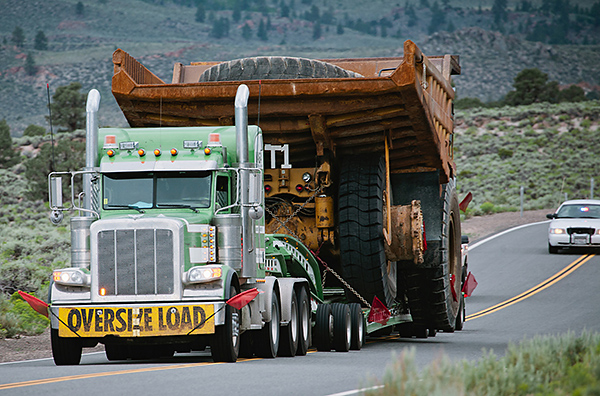
Utilizing the above-mentioned scales and peripheral safety options permit businesses to quickly and responsibly send their trucks to their desired location. Safer roads and safer transportation are beneficial for shipping companies, their customers, and those sharing the roadways with larger trucks that transport these commodities. Cardinal Scale’s truck scales can help businesses shipping products maintain a culture of safety and legal compliance.

Another area where scales are helping to enhance the safety of an industry is with cargo container shipping; recently-enacted SOLAS (Safety Of Life At Sea) regulations require that the declared weight of all shipping containers be verified. This verification needs to happen not only prior to the container being loaded onto a cargo vessel, but actually prior to the crane lifting the shipping container off of the vehicle that brought it to the sea port. These regulations were enacted after multiple high-profile cargo ship incidents occurred, and the findings revealed that the weight of many of the shipping containers were severely over their declared weights.

The best way to do this is to use a vehicle scale to get the gross weight of the truck as it enters the port with the shipping container, then subtract from that the previously-recorded tare weight of the vehicle; the difference between these two weights is the weight of the container. Many ports are using multiple lanes of full-length, static vehicle scales to accomplish this (such as Cardinal’s ARMOR® and Guardian® series vehicle scales), but another way to accomplish this same task with quicker throughput is to use a weigh-in-motion scale such as Cardinal Scale’s SWIM (slow-speed, weigh-in-motion) axle scale. By using a WIM scale, the trucks no longer have to come to a complete stop on a static scale; this increases the amount of trucks that can move through the port per hour, as well as greatly reduces the typical long lines at the scales that many ports have come to accept as normal.

